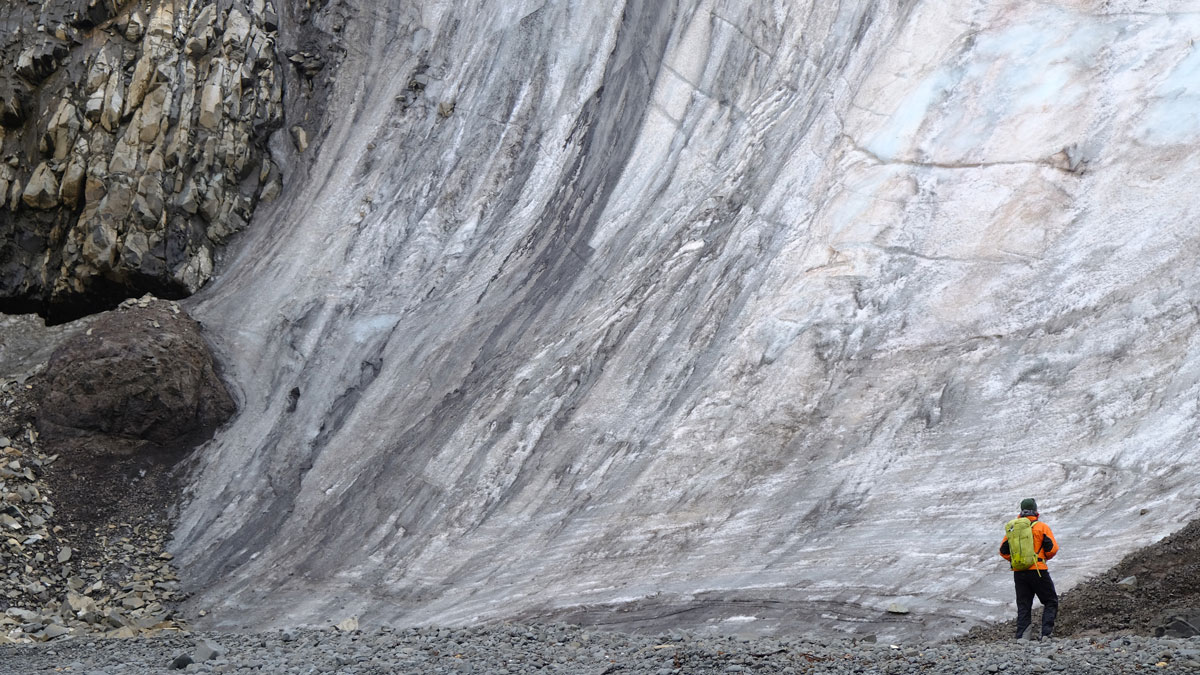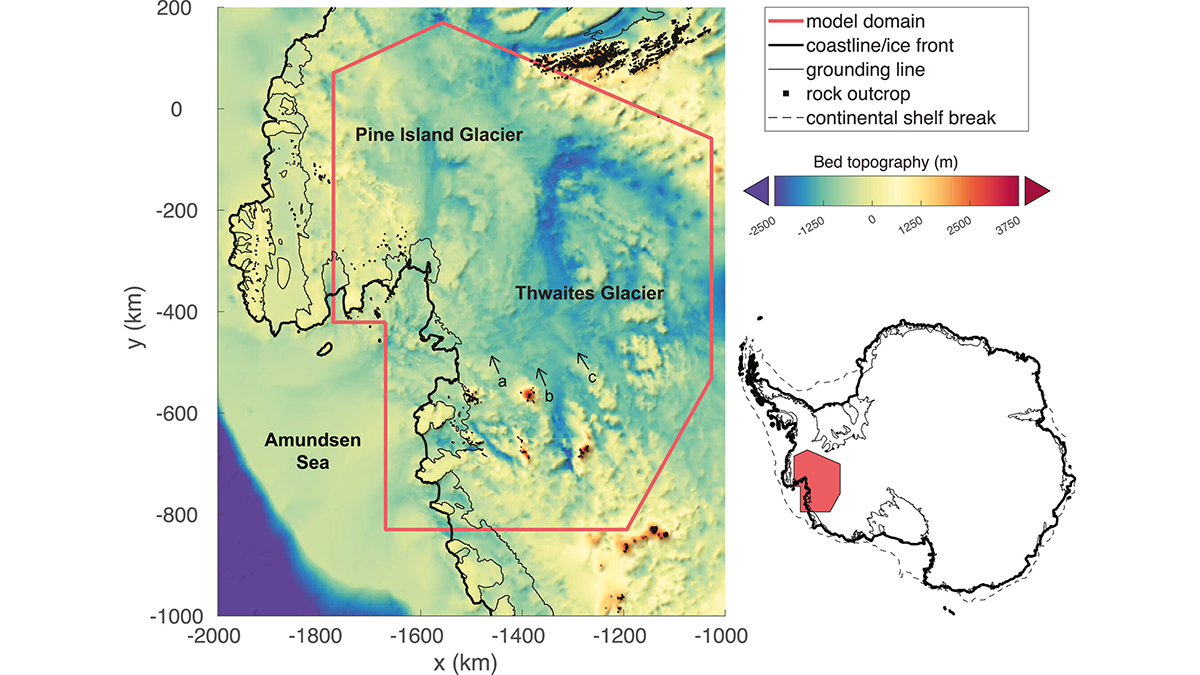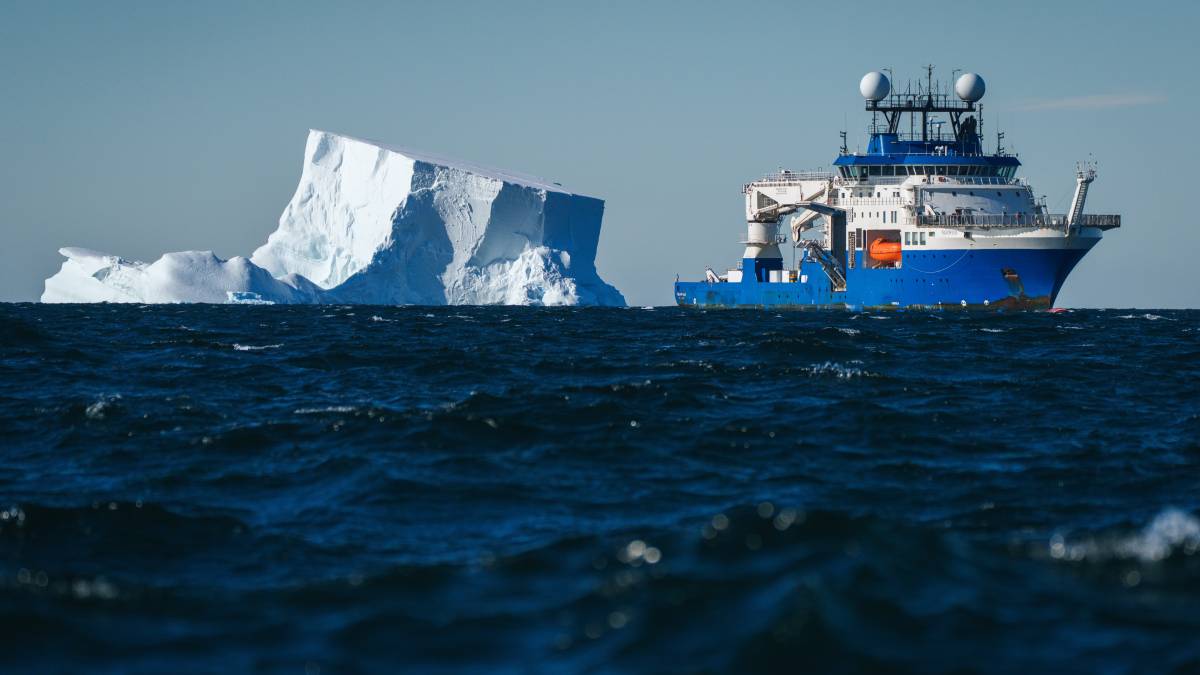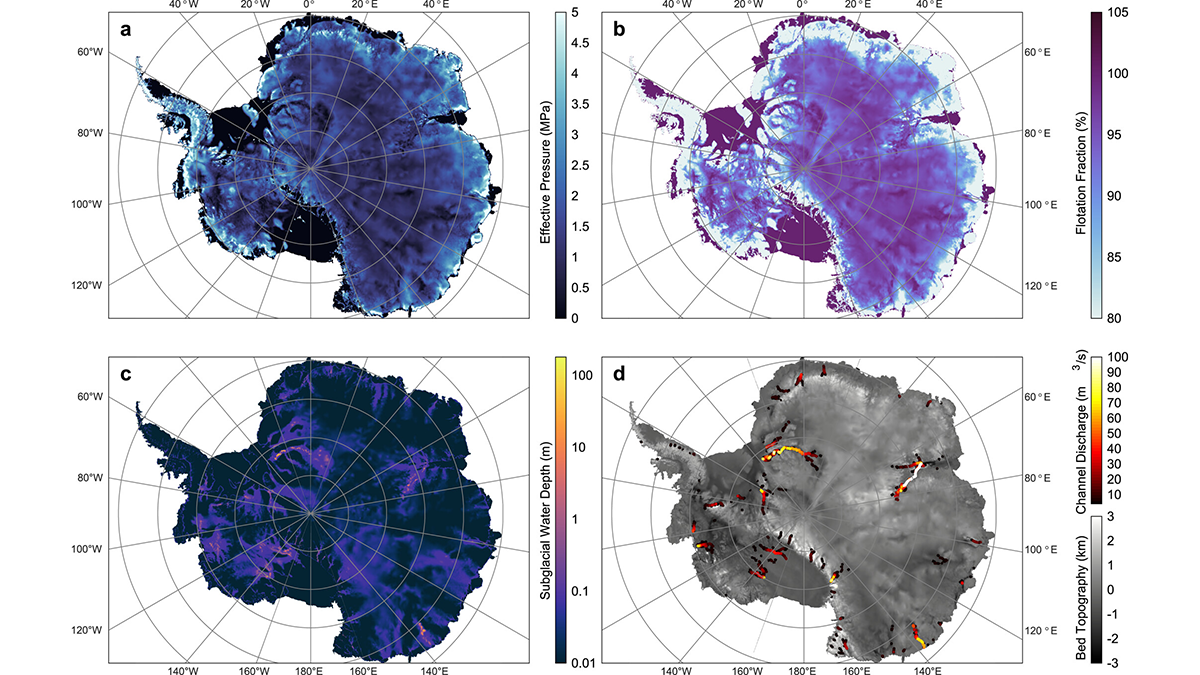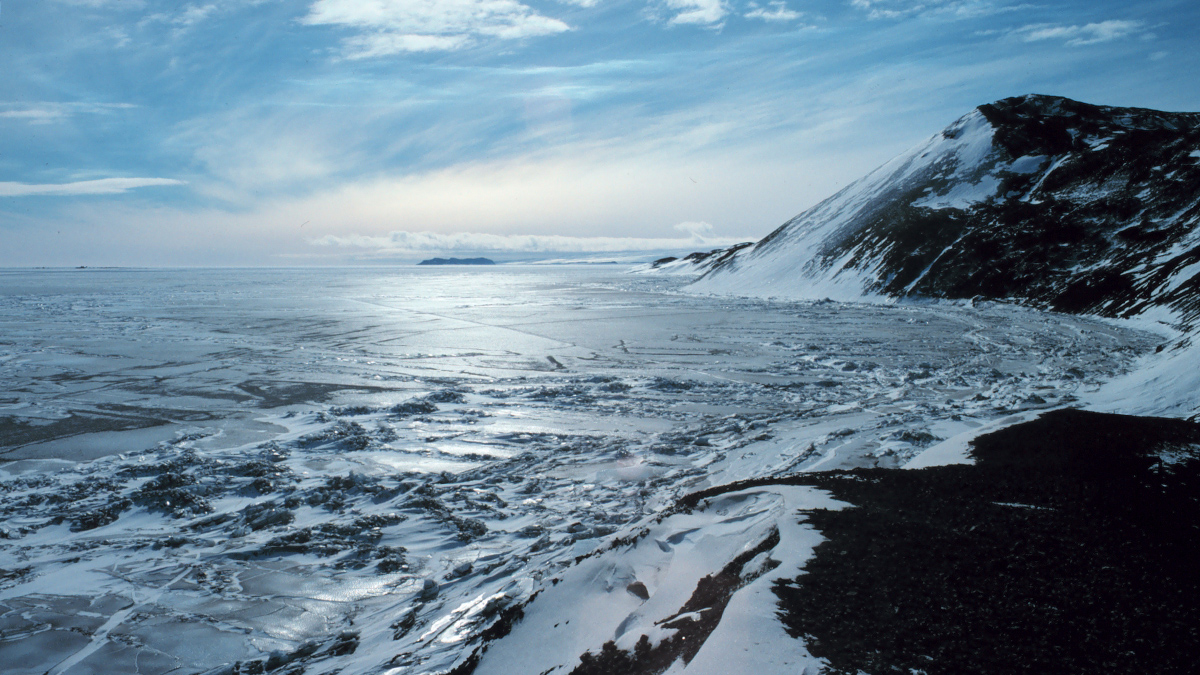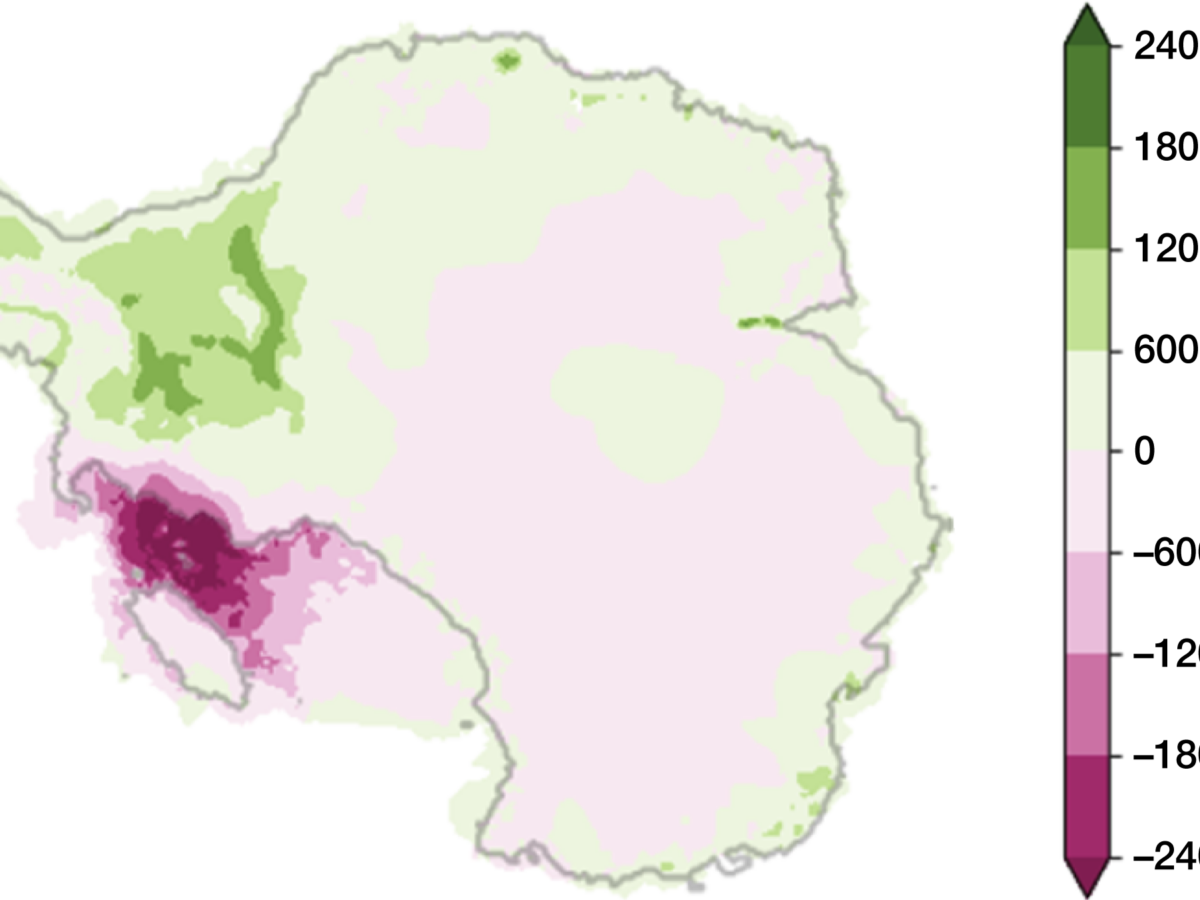Purple pigmentation in a diverse array of algae absorbs heat and creates a feedback loop responsible for 2% of total daily melting.
Antarctica
Nonlinear Dynamics May Lead to Faster Retreat of Antarctic Ice
The Antarctic ice sheet behaves like a non-Newtonian fluid and may be more nonlinear than previously thought. This impacts its future stability and requires revisions to predictions of sea level rise.
Thriving Antarctic Ecosystem Revealed by a Departing Iceberg
A quick-calving iceberg gave scientists a rare glimpse into what hides beneath Antarctic ice.
Subglacial Hydrology Under the Antarctic Ice Sheet
Using simulations of subglacial hydrology, a new study shows the volume and movement of meltwater underneath the Antarctic Ice Sheet.
Glacier Intervention Research Isn’t Just for Glaciologists
Prospects for mitigating sea level rise by slowing flows of glacial ice into the ocean are worthy of research, but this work must involve all rights holders and stakeholders.
Warm Seawater Encroaches on Major Antarctic Ice Shelf
In unprecedented detail, new research illuminates the seasonal flow of warm water toward the Filchner-Ronne Ice Shelf.
Antarctic Ice Melt May Fuel Eruptions of Hidden Volcanoes
More than 100 volcanoes lurk beneath the surface in Antarctica. Ice sheet melt could set them off.
Massive Antarctic Icebergs May Calve at Random
The first analysis of extreme calving events in Antarctica finds no correlation with climate change, highlighting the significance of common, smaller calving events for ice loss and instability.
Cold Days Bring Fast Ice
Thirty-seven years of observations reveal the meteorological conditions that lead to persistent, thick fast ice in Antarctica.
Mantle Motion Matters for Mapping Modern (and Ancient) Ice
Mantle motions have major effects on topography and the distribution of ice sheets. The motions are key for researchers trying to properly parse past mantle movement.

